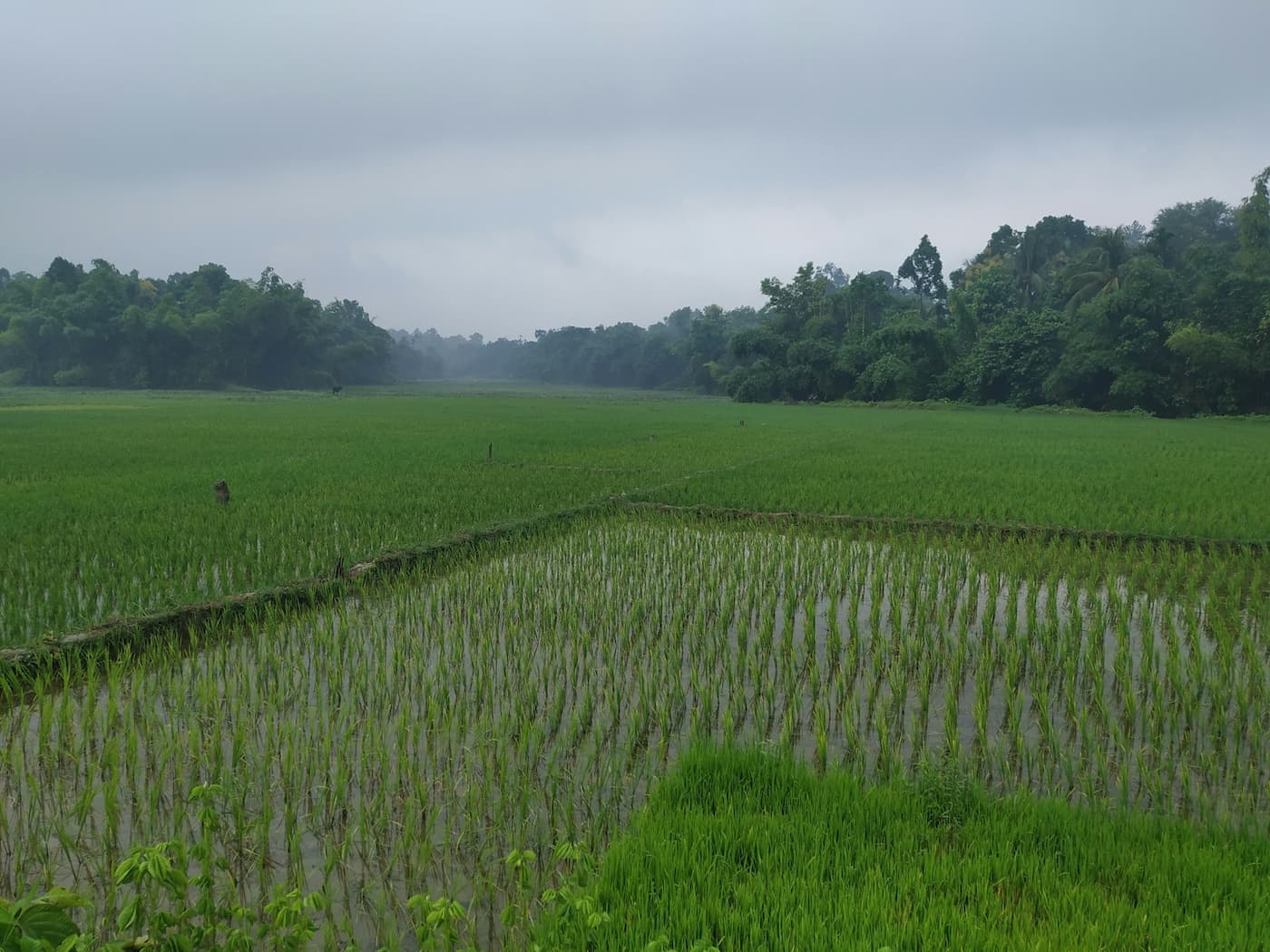The rainy season, while crucial for crop growth, also presents significant challenges for farmers. Continuous rainfall, saturated soils, and vulnerable terrain dramatically increase the risk of water erosion, a phenomenon that can reduce agricultural productivity by up to 50%. This loss affects not only crop yields but also soil quality, fertility, and structure, all of which are essential for healthy crops. To maintain stable production, it is essential to implement preventive strategies and consider solutions like Geosacks and TrapBags from Polyproductos de Guatemala, tools that effectively protect soil during the rainy season.
Understanding Erosion and Its Impact on Crops
Water erosion is a process in which water carries and deposits soil particles, disrupting the fertile top layer known as the “A horizon.” This process occurs in three stages: detachment, transport, and sedimentation. Raindrops break down soil aggregates, displacing loose particles, which can reduce infiltration capacity and compact the soil, hindering root growth and nutrient absorption.
Different types of erosion pose various risks:
- Splash erosion: direct impact of raindrops dislodges small particles.
- Sheet erosion: uniform surface water flow transports fine sediments.
- Rill erosion: shallow channels concentrate runoff and cause localized soil loss.
- Gully erosion: deep, permanent channels prevent the use of agricultural machinery and can render farmland unusable.
When erosion occurs, soil fertility declines, water retention capacity is reduced, and the physical and biological structure of the land is compromised. Crops lose access to essential nutrients, resulting in smaller, deformed plants with lower yields, directly impacting productivity and food security.
How to Prevent Erosion and Protect the Soil
Before implementing anti-erosion solutions, key agricultural practices can reduce soil vulnerability:
- Vegetative cover: planting cover crops, using crop residues, or rotating crops helps cushion raindrop impact and anchor the soil with roots, improving infiltration and reducing surface runoff.
- Tillage practices: conservation tillage and proper row alignment minimize soil disturbance, preserve structure, and slow water flow across the surface.
- Water management: drainage ditches and diversion structures control runoff, preventing water from concentrating in vulnerable areas that could form rills and gullies.
These preventive strategies strengthen the soil and create safer conditions for deploying additional solutions like Geosacks and TrapBags.
Using Geosacks and TrapBags for Crop Protection
During intense and prolonged rains, preventive practices may not be enough. This is where anti-erosion solutions become essential allies:
Geosacks Are Permanent Structural Barriers
Geosacs are permeable barriers made of high-strength geotextile and filled with local materials such as sand or gravel. They create permanent structures that stabilize slopes, field edges, and agricultural inclines. Key benefits include:
- Immediate stabilization of soils vulnerable to continuous rainfall.
- Prevention of landslides near crops and rural roads.
- Adaptability to different terrains and durability against heavy runoff.
TrapBags Are a Fast and Efficient Response
TrapBags are modular erosion and runoff control systems designed for quick deployment at low cost. Their interconnected cell structure provides greater stability than traditional sandbags while requiring 40% less filling material. Benefits include:
- Fast installation, ideal for emergency situations during the rainy season.
- Effective protection of farmland against runoff and water accumulation.
- Allows soil and vegetation to regenerate, maintaining long-term fertility.
Both solutions provide tangible protection against water erosion and adapt to different scenarios. Geosacs are ideal for permanent barriers and steep slopes, while TrapBags are perfect for quick deployment and temporary erosion control over large crop areas.
Choosing the Right Solution for Your Project
Selecting between Geosacks and TrapBags depends on several factors:
- Terrain slope: Geosacks are better for steep slopes and stabilizing field edges.
- Runoff speed and volume: TrapBags are suitable for large areas with concentrated flows needing immediate response.
- Time and resources: TrapBags allow rapid installation with less logistical effort and materials, while Geosacks provide a long-term solution.
Our recommendation is to integrate these anti-erosion solutions with basic preventive practices, ensuring agricultural soils are protected and crops can grow healthily even during heavy rainfall.
Long-Term Benefits of Using Geosacks and TrapBags
Adopting these solutions not only prevents immediate losses during the rainy season but also:
- Preserves the nutrient-rich topsoil layer and organic matter.
- Maintains soil structure and porosity, improving infiltration and root development.
- Reduces the need for additional fertilizers and protects long-term crop yields.
- Strengthens agricultural system resilience against extreme weather events.
Geosacks and TrapBags, Anti-Erosion Solutions for Your Crops
Water erosion during the rainy season threatens crop productivity and soil fertility. However, with a strategic combination of preventive practices and anti-erosion solutions like Geosacs and TrapBags, farmland can be safeguarded, ensuring stable production. Implementing these measures is an investment in sustainability, efficiency, and resilience. Preparing your fields before heavy rains not only ensures immediate productivity but also protects your soil’s capacity to support healthy crops in the future.



